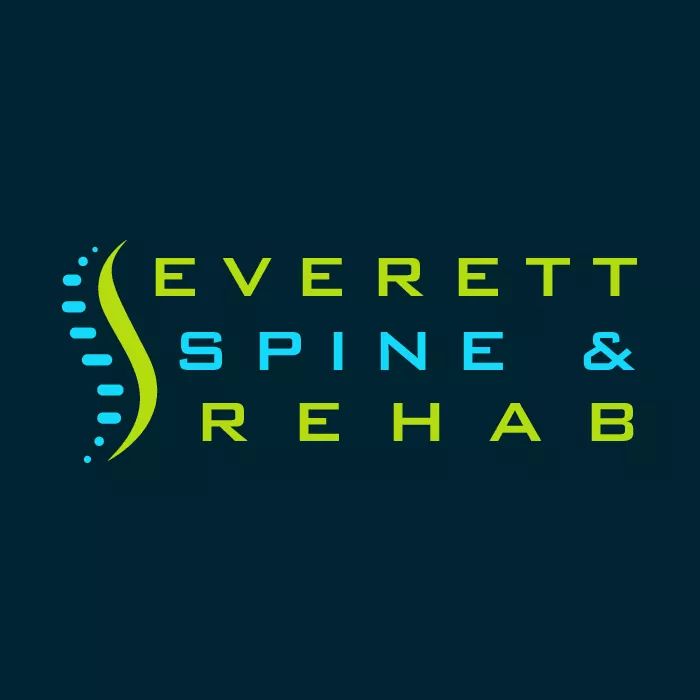Osteoarthritis: Management and Treatment
Osteoarthritis–while it’s widespread affecting millions worldwide, it’s also frequently misunderstood, leaving many grappling with its effects. Our aim here is to unravel the complexities of osteoarthritis, from its definition and underlying mechanisms to its profound impact on individuals’ daily lives. By gaining a deeper understanding of this condition, we can develop more effective strategies for managing and treating it.
What Exactly is OA?
So what’s the difference between arthritis and osteoarthritis? Arthritis encompasses joint inflammation, while osteoarthritis specifically involves cartilage and bone degeneration. Cartilage is the firm, rubbery tissue that cushions the ends of bones where they meet in a joint, allowing for smooth movement. When cartilage deteriorates, bones can rub against each other, causing pain, stiffness, swelling, and reduced mobility.
This condition typically develops gradually over time, although it can also be hastened by factors such as joint injury, obesity, genetics, and certain occupations or activities that involve repetitive stress on the joints. While osteoarthritis is more commonly associated with aging, it can affect individuals of any age, including younger adults and even adolescents in some cases.
However, it’s important to note that not everyone will develop osteoarthritis as they age, and the severity of the condition can vary widely from person to person. Additionally, certain risk factors, such as family history, gender (women are more prone to osteoarthritis), and underlying medical conditions like rheumatoid arthritis or metabolic disorders, can increase one’s likelihood of developing osteoarthritis.
The Signs of OA

The early signs of osteoarthritis (OA) can vary from person to person, and they often develop gradually over time. Some common early symptoms include:
Joint stiffness: Stiffness, especially after periods of inactivity or upon waking in the morning, is a typical early symptom of OA. This stiffness usually improves with movement throughout the day.
Joint pain: Pain in the affected joint(s), particularly during or after movement, is a hallmark symptom of OA. The pain may be described as aching, throbbing, or sharp and can range from mild to severe.
Joint tenderness: The affected joint(s) may feel tender to the touch, especially along the edges of the joint.
Reduced range of motion: As OA progresses, you may notice a decrease in the range of motion in the affected joint(s). This can make it difficult to perform everyday activities that require bending or straightening the joint fully.
Joint swelling: Swelling or inflammation around the affected joint(s) may occur, particularly after periods of activity or at the end of the day.
Crepitus: Some people with OA may experience a crackling or grating sensation, known as crepitus, when moving the affected joint(s).
It’s important to remember that these early signs may come and go or vary in intensity over time. If you experience any of these symptoms, especially if they persist or worsen, it’s essential to consult with a healthcare professional for a proper evaluation and diagnosis. Early intervention and treatment can help manage symptoms and slow the progression of osteoarthritis.
Managing and Treating OA
While it’s not always possible to prevent osteoarthritis (OA), there are steps you can take to reduce your risk and manage the condition effectively if you develop it:
Maintain a healthy weight: Excess weight puts additional stress on your joints, particularly weight-bearing joints like the knees, hips, and spine. By maintaining a healthy weight through a balanced diet and regular exercise, you can reduce the strain on your joints and lower your risk of developing OA.

Stay active: Regular physical activity helps strengthen the muscles around your joints, improve flexibility, and maintain joint function. Aim for a combination of aerobic exercise (such as walking, swimming, or cycling) and strength training exercises to support joint health.
Protect your joints: Avoid activities that put excessive stress on your joints, such as high-impact sports or repetitive motions that can cause joint injury. When engaging in physical activity or performing tasks that require repetitive movements, use proper techniques and protective gear to reduce the risk of injury.
Avoid smoking: Smoking has been linked to an increased risk of developing OA, particularly in the knees. Quitting smoking can help improve joint health and reduce inflammation throughout the body.
Medications: Over-the-counter pain relievers (such as acetaminophen or nonsteroidal anti-inflammatory drugs), prescription medications, and topical treatments (such as creams or patches) can help alleviate pain and reduce inflammation.
Physical therapy: A physical therapist can develop an exercise program tailored to your specific needs, focusing on strengthening muscles, improving flexibility, and enhancing joint stability.
Assistive devices: Using assistive devices such as braces, splints, orthotic shoe inserts, or walking aids (e.g., canes or walkers) can help support and protect your joints, reduce pain, and improve mobility.
Posture: Practicing good posture, and using ergonomic tools and equipment can help manage symptoms and slow the progression of OA.
Injections: Corticosteroid injections or hyaluronic acid injections into the affected joint(s) can provide temporary pain relief and reduce inflammation, particularly for individuals with moderate to severe OA.
Surgery: In severe cases of OA where conservative treatments are ineffective, surgical interventions such as joint replacement surgery (e.g., knee replacement or hip replacement) may be recommended to replace damaged joint surfaces and restore function.
It’s essential to work closely with your healthcare provider to develop a comprehensive treatment plan tailored to your individual needs and preferences. Regular monitoring and follow-up appointments can help ensure that your treatment remains effective and adjustments are made as needed.
Sources:
Niams.nih.gov
Mayoclinic.org
Cdc.gov
Openai.com







